In general, a Magic Keyboard is any product that uses Apple's scissor-switch mechanism. It has applied the term to multiple products over the years.
The original Magic Keyboard was revealed in 2015 as an external Bluetooth keyboard for Mac. Apple later used the term to refer to updated MacBook Pro and MacBook Air keyboards that used a scissor-switch mechanism.
Later, Apple used the term again for the iPad Pro keyboard case. In 2022, the 10.9-inch iPad got a custom keyboard called the Magic Keyboard Folio.
After the iPad Pro got a new Magic Keyboard with aluminum bits and a new magnetic layout, it left an odd hole in the lineup. Apple patched that with the Magic Keyboard for iPad Air, which is like the first version, but with a larger trackpad and function keys.
Magic Keyboard for iPad Pro (second-generation)
Announced in 2024, the new Magic Keyboard for iPad Pro refreshes the original model launched in 2020. While the updates are minimal, it's notable that this model has been designed to work with the M4 iPad Pro lineup.
Like its predecessor, the Magic Keyboard for iPad Pro boasts a unique floating cantilever design, which allows the iPad Pro to attach magnetically and hover above the keyboard. The design elevates the device for a better viewing angle and makes it easy to adjust to the user's preferred viewing positions.
The Magic Keyboard for iPad Pro still features the same backlit keys with a scissor mechanism that provides 1mm travel. Like the earlier model, it has a full function row at the top of the keyboard, allowing users to control basic features such as screen brightness and music controls.
Apple also chose to keep the USB-C port, which allows for pass-through charging. This frees up the port on the side of the iPad for compatible USB-C accessories.
New to the 2024 model, the glass trackpad is now larger for precise cursor control and supports multi-touch gestures, such as swiping and scrolling.
The Magic Keyboard for iPad Pro is available in two models, one for the 11-inch iPad Pro and one for the 13-inch iPad Pro, and can be purchased in black or white. It currently at $299 from Apple.
Magic Keyboard for iPad Air
The iPad Air got its own Magic Keyboard in 2025, but it lacks the aluminum styling of the iPad Pro model. It retains the previous silicone covered case, but has a larger trackpad.
It also includes a full row of function keys. The Magic Keyboard for iPad Air should be familiar to anyone that has used Apple's keyboard folios in the past.
Magic Keyboard for iPad Pro (first-generation)
After years of speculation, Apple added full cursor support to iPadOS in early 2020. The Apple hardware that brings these new laptop-like capabilities to life is the Magic Keyboard for iPad Pro and its built-in trackpad.
Like the other uses of the Magic Keyboard branding, the iPad Pro's keyboard uses scissor-switch keys with a 1mm travel distance.
Although some users may criticize the lack of an escape key and function keys, the keyboard provides a typing experience that's much closer to typing on a current-generation MacBook than on the fabric-covered Apple Smart Keyboard Folio.
This keyboard adds a glass trackpad that works with iPadOS's new multitouch trackpad gestures. Unlike MacBook trackpads, it doesn't incorporate haptics. Instead, it clicks physically. But rather than the diving-board-style trackpad hinges found on older MacBooks and non-Apple laptops, this iPad trackpad clicks evenly no matter where you press it.
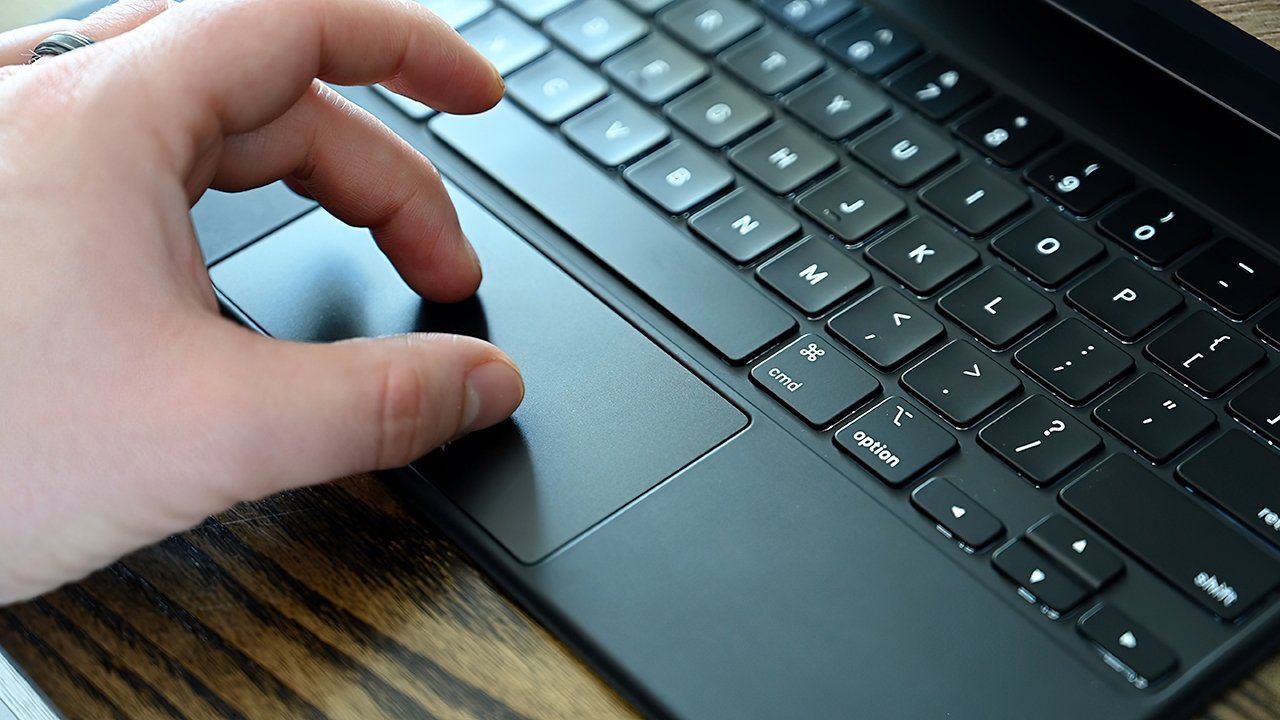 Inside the glass trackpad is a single button with a lever system that clicks evenly anywhere you press
Inside the glass trackpad is a single button with a lever system that clicks evenly anywhere you pressThe keyboard accessory automatically connects to the iPad Pro through the tablet's Smart Connector. A magnetic mount holds the iPad in place, allowing users to quickly remove and reattach the tablet as they switch back-and-forth from tablet mode to laptop mode.
The iPad Pro sits above the keyboard when placed on the magnetic mount. A cantilever hinge holds the iPad aloft and can be adjusted into two viewing angles while in use. The second hinge attached to the keyboard has a more granular level of movement that lets you adjust the iPad into various viewing positions.
Like MacBooks, this iPad Pro accessory has backlit keys. You can adjust the brightness level within iPadOS' keyboard settings (General > Keyboard > Hardware Keyboard).
The accessory also adds an extra USB-C port. While this one won't connect to external accessories, you can charge the iPad and keyboard through it, leaving the iPad Pro's USB-C port open for something like a portable drive, camera, external display, or ethernet adapter.
Apple sells two sizes of its most advanced iPad keyboard. The smaller version is compatible with the 11-inch iPad Pro and iPad Air, while the larger model pairs with the 12.9-inch iPad Pro.
In April 2021, Apple added a white color option to its iPad Pro Magic Keyboard. The white variant is available in both 11-inch and 12.9-inch sizes. Its form and function are otherwise identical to the black accessory that launched the previous year.
The 2021 12.9-inch iPad Pro is a little thicker than the 2020 model, so Apple has warned customers that the Magic Keyboard released in 2020 may not shut seamlessly when used with the new model. Customers can either deal with this design issue or purchase an updated model that will fit the new iPad Pro better.
The introduction of the Magic Keyboard for iPad Pro proved difficult for some of Apple's competitors. Brydge had been competing with Apple's Smart Keyboard Folio for years with its aluminum hinged keyboard case.
Shortly before Apple announced the new keyboard with trackpad and iPadOS update, Brydge released a keyboard/trackpad combo of its own. The Brydge Pro+ had the same aluminum body and keys as its predecessors but had a trackpad added to the bottom for power users. At the time, the trackpad feature on iPadOS was restricted to accessibility settings and not a full-fledged cursor.
Brydge designed a trackpad that could function properly on this limited cursor system with custom firmware, but by the time the Brydge Pro+ launched, Apple had updated cursor support and broke the system Brydge had built.
In 2021, Apple introduced an update in iPadOS 14.5 that enhances support for Bluetooth trackpads like the one Brydge built. Brydge can now compete on a somewhat more equal footing, though Bluetooth support still isn't perfect.
Magic Keyboard Folio
Apple made a few odd design decisions when building the updated entry 10.9-inch iPad in 2022. Despite having a near-identical chassis to the iPad Air, it was not compatible with the Magic Keyboard.
Instead, Apple designed a new two-piece keyboard and case it calls the Magic Keyboard Folio. It is only available in white and is supported by a kickstand.
The back cover is magnetically attached and is entirely separate from the keyboard base. The keyboard itself has a function row with general system controls.
It lacks the USB-C port found in the iPad Pro keyboard.
The 11-inch iPad with A16 maintained the same design and external specs to the 10.9-inch model it replaced. So, the Magic Keyboard Folio is still compatible.
Magic Keyboard in MacBooks
Magic Keyboard also refers to Apple's current keyboard in its MacBooks. It debuted in the 16-inch MacBook Pro in late 2019, followed by the MacBook Air and 13-inch MacBook Pro in early 2020. Apple's late-2020 MacBook updates with Apple Silicon also have the new keyboard.
To understand the significance of the current MacBook keyboard, you have to rewind to 2015, when Apple made a significant change to its notebooks. Starting in the first 12-inch MacBook, the company rolled out a keyboard with a new butterfly mechanism. At the time, Apple said it provided a "much more precise" typing experience that was "an amazing 40 percent thinner than a traditional keyboard scissor mechanism yet four times more stable, providing greater precision no matter where your finger strikes the key."
But it didn't take long for the butterfly keyboard's hyped rollout to transform into consumer backlash.
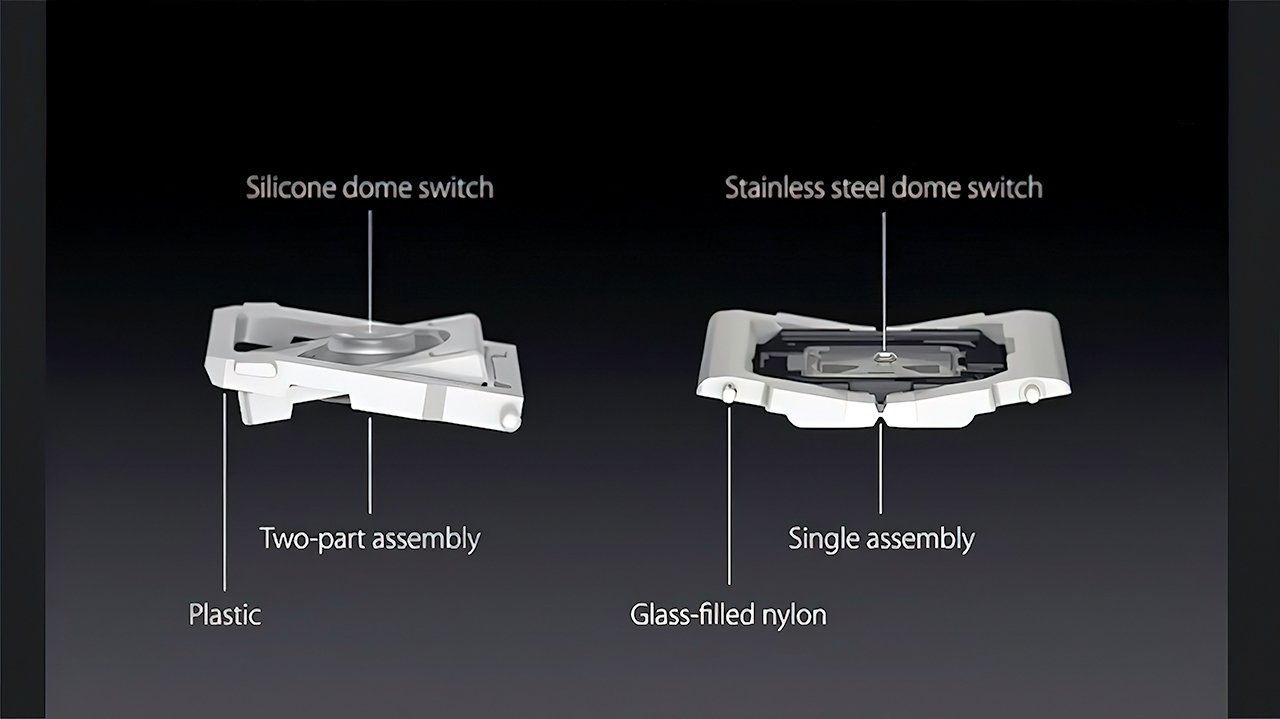 An Apple slide showing an old scissor-switch mechanism (left) next to the now-infamous butterfly mechanism
An Apple slide showing an old scissor-switch mechanism (left) next to the now-infamous butterfly mechanismIn striving for a short travel distance and quieter typing, Apple's butterfly design had flaws that sacrificed durability. User complaints flooded online forums — as well as Apple Genius Bars — about the butterfly keyboard's stuck or sticky keys, repeating characters, or keys that didn't work. In the 2018 MacBooks, the company added a membrane between the keys and the butterfly mechanism that helped to keep out dust and debris, which would gather under the keycaps and contribute to the problems. While this (along with an improved membrane in the 2019 models) improved the sticky-key problem to a degree, user complaints persisted.
In 2018, Apple attempted to put MacBook customers at ease by offering a repair program that covered MacBooks with butterfly keys for up to four years after retail purchase. Perhaps foreshadowing the end of the butterfly keyboard, Apple included in this program the MacBook models (dust membrane and all) the company had just announced.
That brings us back to 2019 when Apple debuted the Magic Keyboard built into the 16-inch MacBook Pro. Ditching the problematic butterfly mechanism, it switched to Apple's take on the classic scissor-switch design (virtually identical to the key mechanism in the standalone keyboard).
While the travel distance is a little longer than that of the butterfly keyboard (from 0.7mm up to 1mm), the new MacBook keyboards are still thin enough to honor the sleek design that had inspired the initial shift to butterfly switches. It uses an "Apple-designed rubber dome that stores more potential energy for a responsive key press," along with glass-filled nylon joints for stability.
Apple completed its phaseout of the butterfly keys when it released an updated 13-inch MacBook Pro in the spring of 2020, replacing the last of the remaining butterfly products in Apple's lineup. Today, you will find the Magic Keyboard with a scissor-switch mechanism in every MacBook Apple sells, including the late-2020 models with M1 chip.
There have been some rumors suggesting Apple will further revert its keyboard design and features by removing the Touch Bar. The small glowing OLED strip was first introduced in the 2016 MacBook Pro lineup and it replaced the function row keys. Apple leaned heavily into this addition when it was first announced, but began ignoring it after.
There have been few software updates to address the Touch Bar since its release, and hardly any hardware changes. Apple shortened the Touch Bar slightly in later models to add the physical escape key back.
It is very rare for Apple to abandon new hardware initiatives so quickly after they are introduced. While the Touch Bar adds a unique design feature and wow-factor for new users, there is very little utility in the Touch Bar.
Apple may revamp the technology altogether, or abandon it for function keys again. One change brought about by the Touch Bar will remain — Touch ID and the T2 processor.
Bluetooth Magic Keyboard
Apple released the standalone Magic Keyboard in October 2015. It's a sleek standalone keyboard accessory that connects to both Apple and non-Apple devices over Bluetooth. On its back is a Lightning port, used for charging and initial pairing.
2024 with USB-C
There is almost nothing to say about the 2024 Magic accessories update except for the move to USB-C from Lightning. Apple updated the Magic Trackpad, Magic Mouse, and Magic Keyboard with USB-C when it revealed the 24-inch iMac with M4 in October.
2022 black models
Apple released the Mac Studio and Studio Display during a March 2022 Apple event, and alongside those, new black versions of the magic accessories. The black Magic Trackpad and Magic Mouse have a two-tone design with silver on the bottom and black on the top.
The extended Magic Keyboard with Numpad also got a black variant, but it is the keys that are black with a silver-aluminum casing. This model comes with Touch ID by default.
2021 refresh
Apple introduced a new Magic Keyboard alongside the 24-inch iMac redesign in April 2021.
The redesigned iMac comes in multiple colors and the Magic Keyboard that ships with it matches that color. Options include green, yellow, orange, pink, purple, blue, and silver.
For the first time, Apple also added Touch ID to desktop Macs. The new keyboard includes a Touch ID sensor on the far-right edge of the function keys row.
The redesigned Magic Mouse, Magic Trackpad, and Magic Keyboard are available to purchase separately, but only in silver. The Touch ID will work with M1-based Macs but not Intel models.
Pre-2021
Apple sells the keyboard primarily as a Mac desktop add-on: If you're using it with a Mac, all you have to do is plug the other end of the Lightning cable into a Mac's USB port, and the keyboard will pair automatically for wireless use. The keyboard will also pair with iPads, iPhones, and even Windows PCs or Android devices – virtually any device that can pair with a Bluetooth keyboard.
In addition to standard letters and numbers, the keyboard also has a row of function keys and arrow keys. The arrows have full-sized left and right buttons, differing from the inverted-T shape you'll find on the other two uses of the Magic Keyboard brand name.
While its predecessor (called the Apple Wireless Keyboard) used AA batteries, this latest model switched to an internal one. By removing the battery compartment, Apple made the product thinner all-around. The thickest point on its wedge design is 0.43 inches.
This accessory marked the debut of Apple's modern take on the scissor-style key mechanism. Their travel distance (about 1mm) is shorter than that of Apple's pre-2015 (also scissored) keyboards.
The keyboard's small size makes it portable enough for sliding into a case or backpack. Since it charges via Lightning, owners who are traveling — perhaps using it to type on an iPhone or iPad — could charge it without packing an extra cable.
Unlike the other two versions of the Magic Keyboard, this standalone keyboard for Macs does not have backlit keys.
For those who work on spreadsheets or other financial applications, Apple also offers an elongated and slightly more expensive Magic Keyboard with Numeric Keypad. As its name suggests, it adds a number pad to the right of the standard configuration. Everything else is identical to its sibling.
Apple sells both the numeric and non-numeric Magic Keyboard accessories on their own, and the company also bundles the standard version with the iMac and iMac Pro. The company sells the standard keyboard individually in silver, while also offering a space gray model of the numeric-keypad keyboard for individual sale. Apple also has a black-and-silver variant of the standard keyboard. That model is only available bundled with the Mac Pro.
Pricing
The 12.9-inch iPad Pro Magic Keyboard is $350 while the 11-inch model is $300; take a look at our iPad accessory price guide for more information. Knock $30 off each for the iPad Air model pricing.
The standard external keyboard is $99, with Touch ID is $150, and the extended version with keypad and Touch ID is $200; check out our Mac accessory price guide for more information.


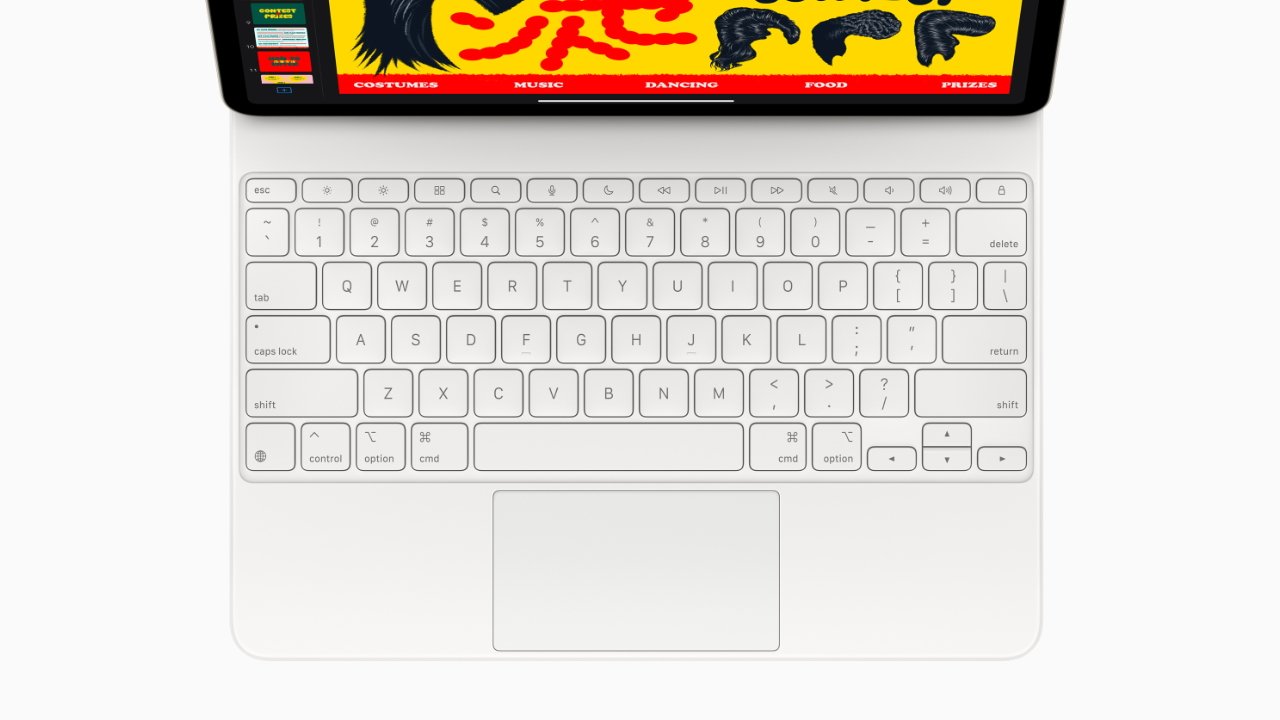
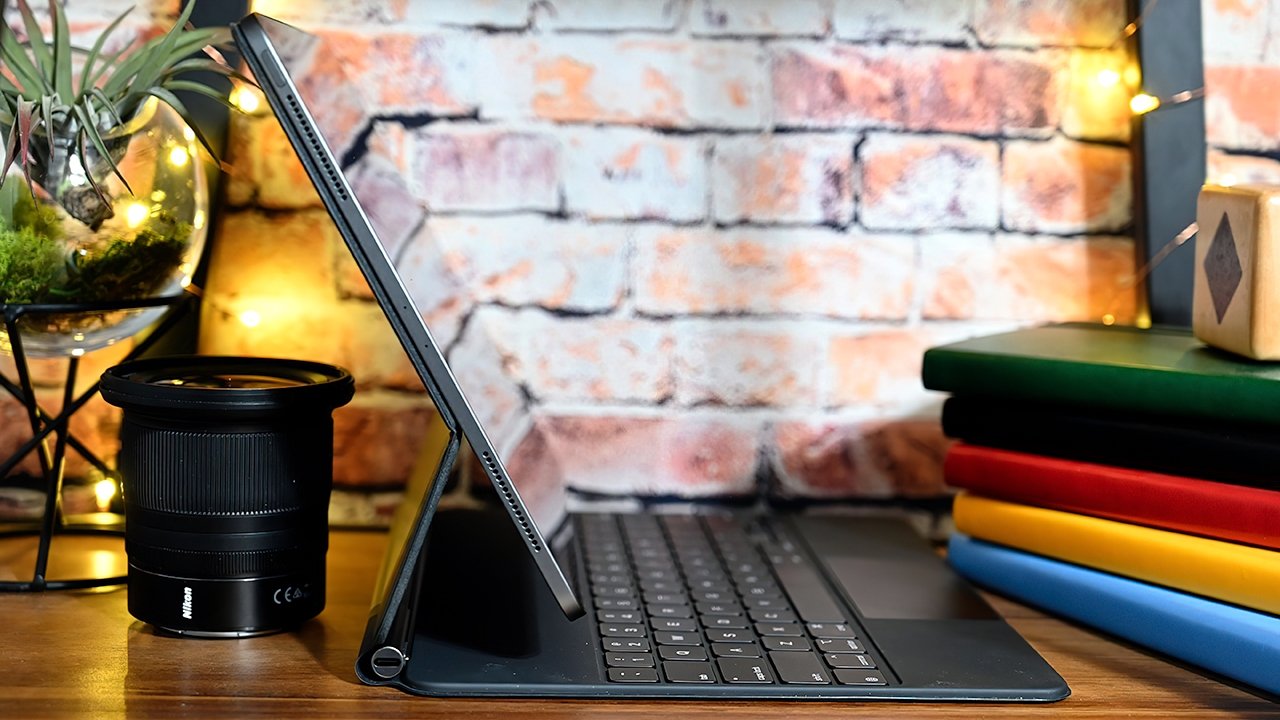
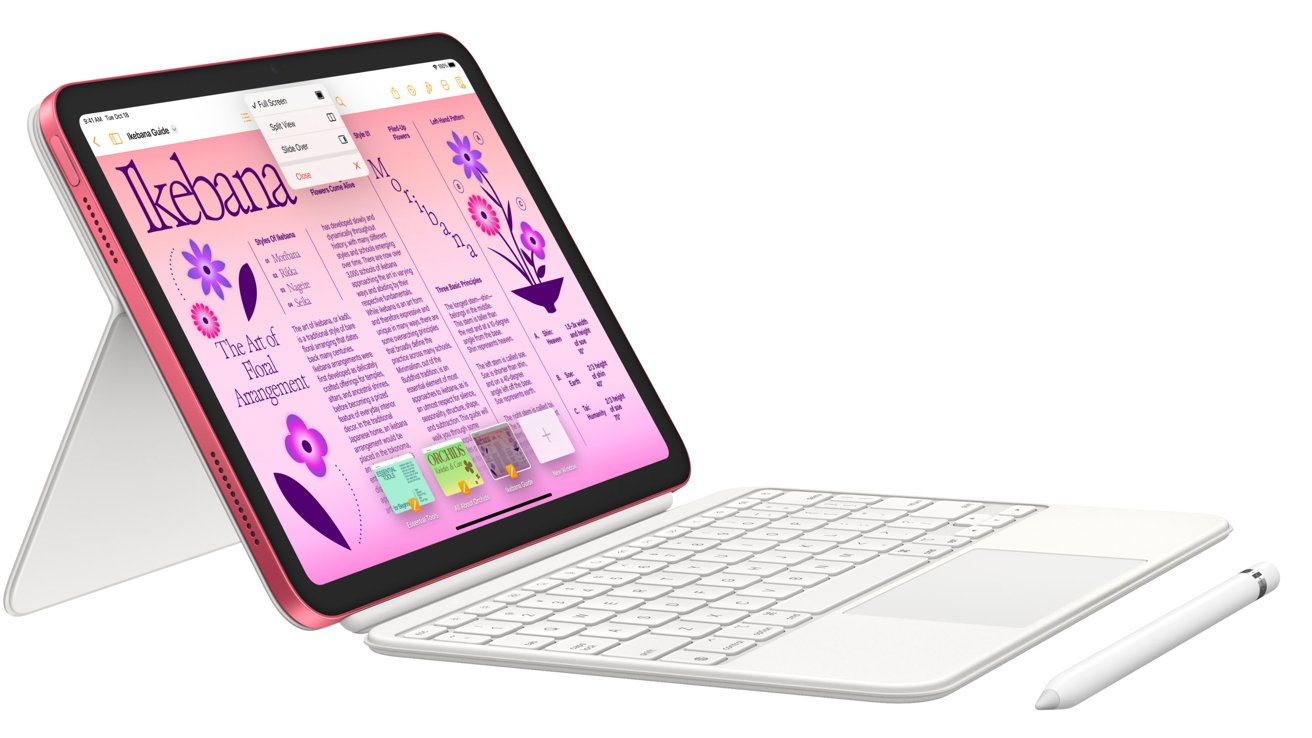
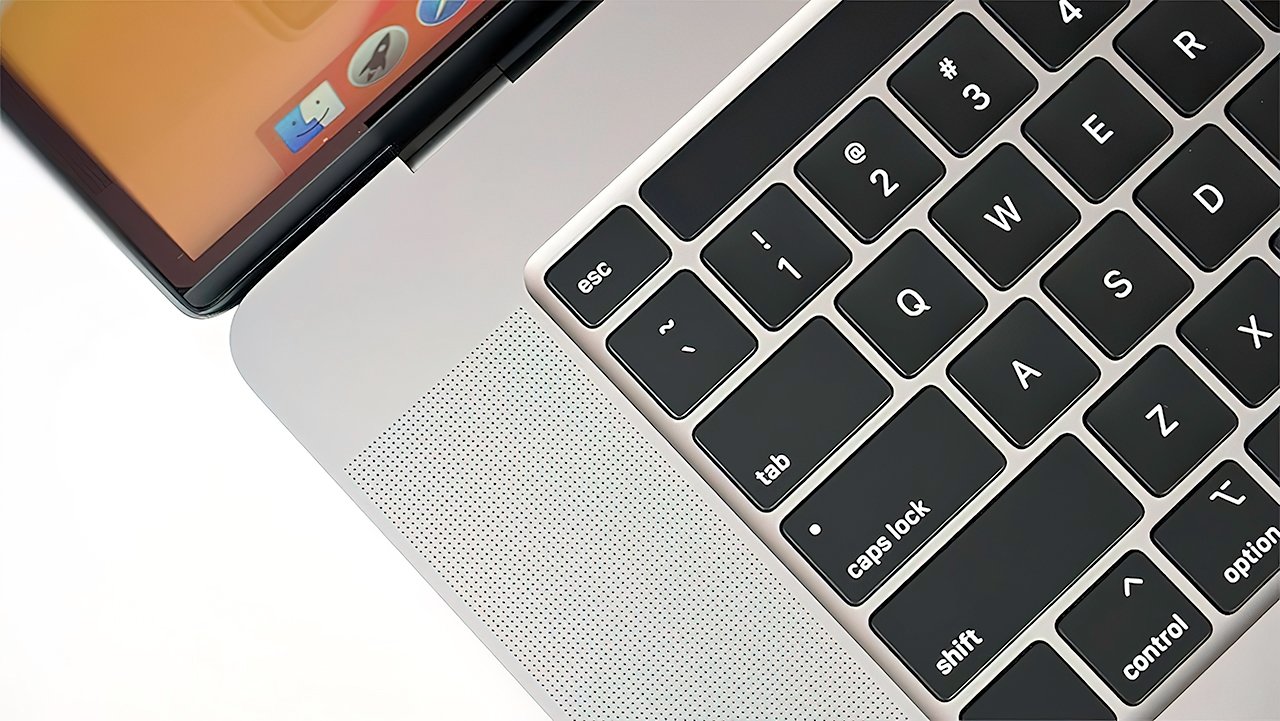
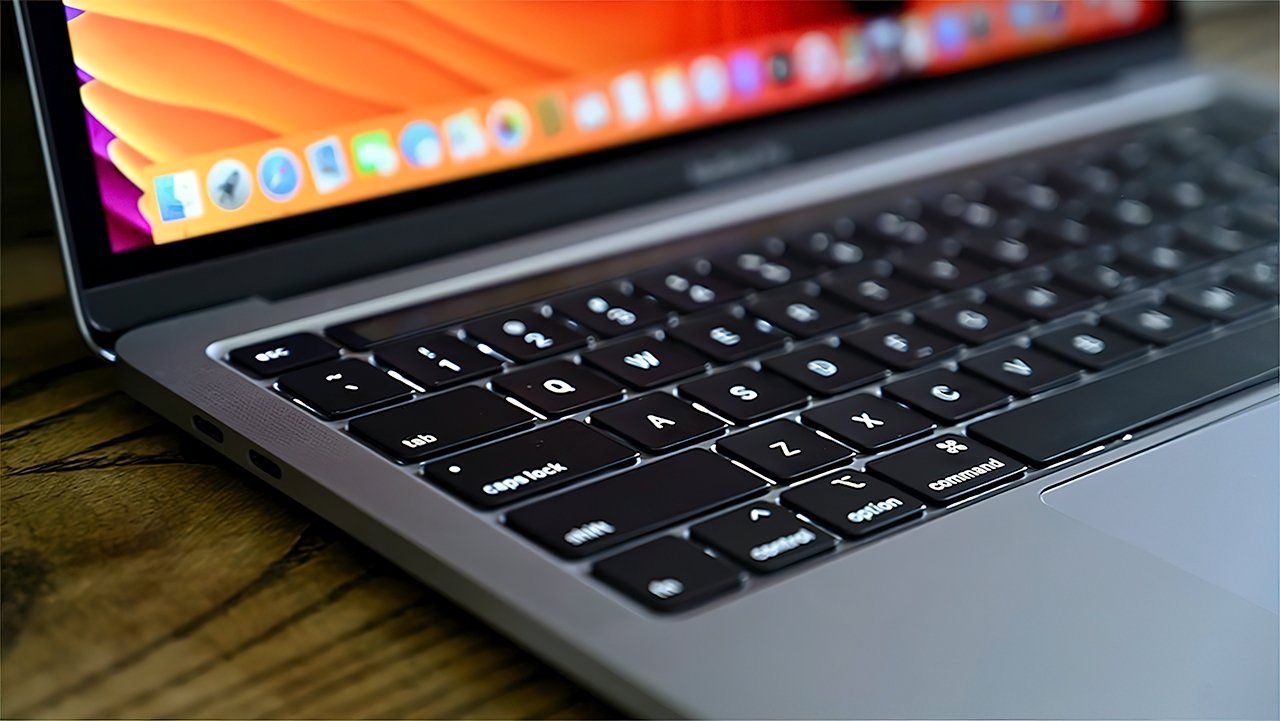
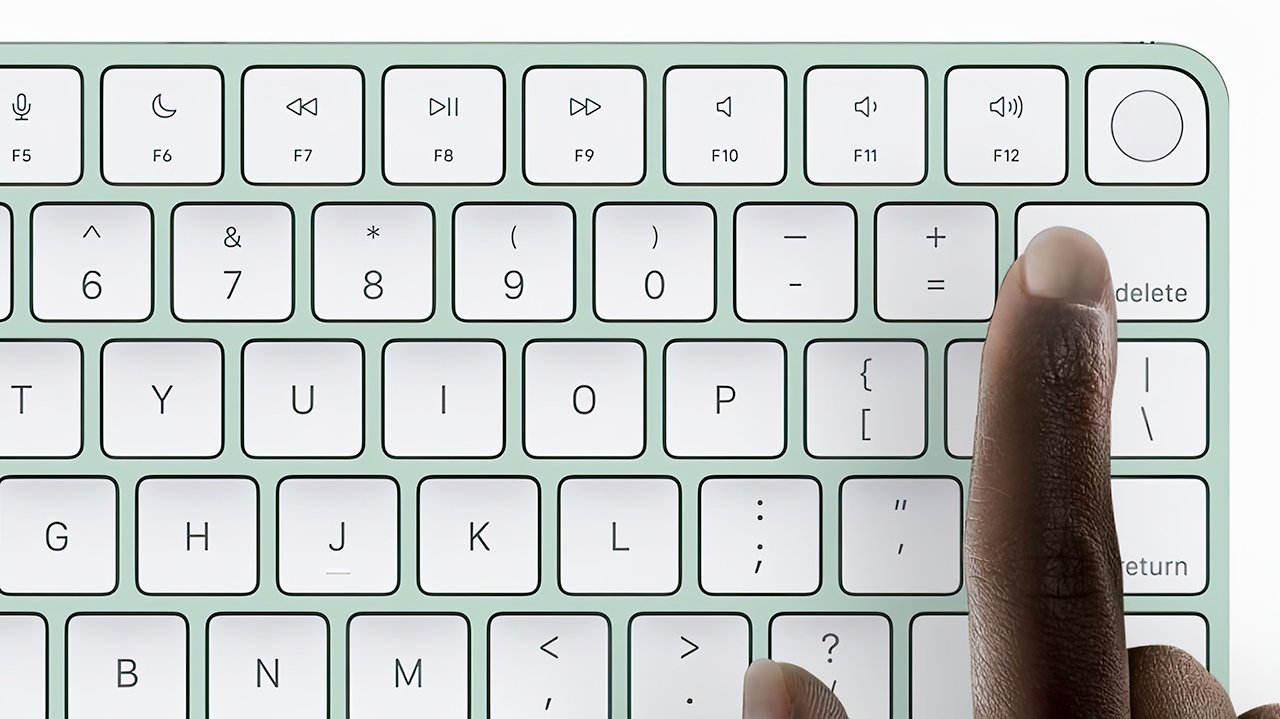
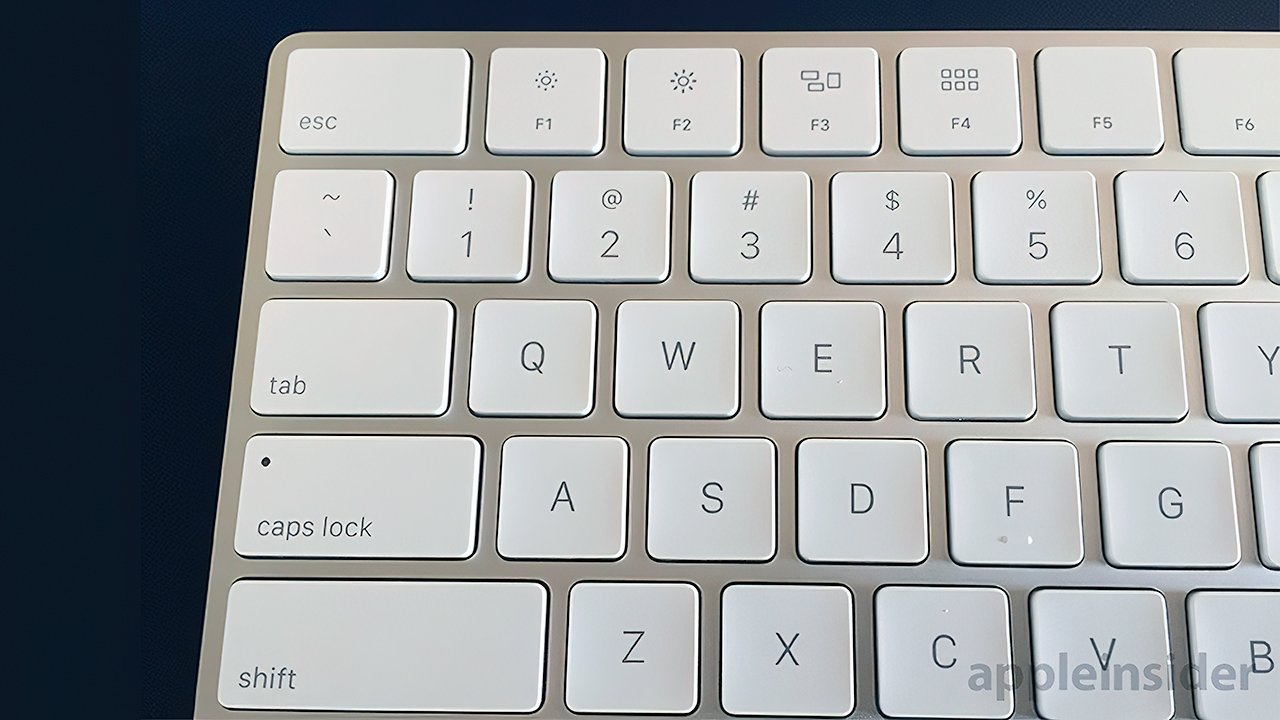

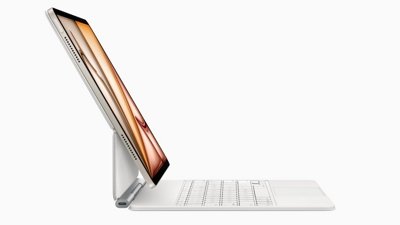
 William Gallagher
William Gallagher
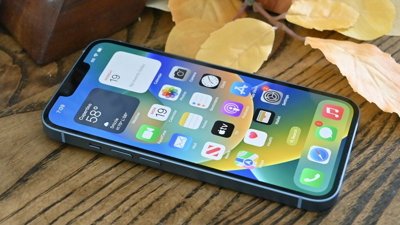
 Charles Martin
Charles Martin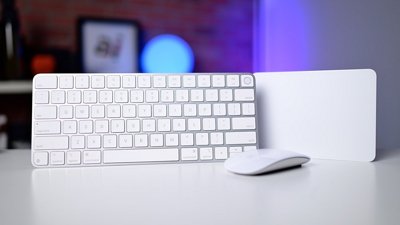
 Andrew O'Hara
Andrew O'Hara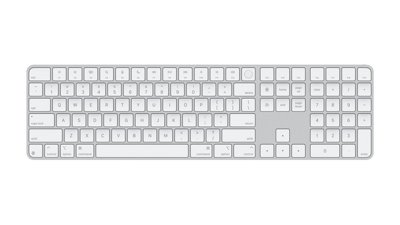
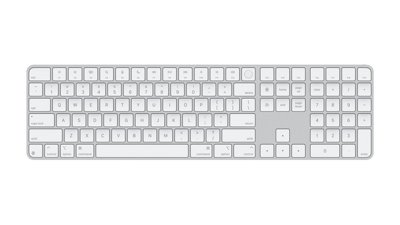
 Amber Neely
Amber Neely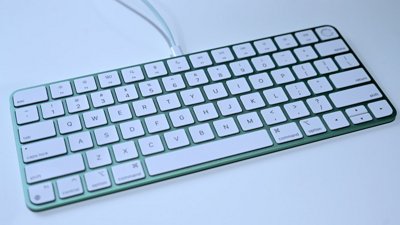
 Wesley Hilliard
Wesley Hilliard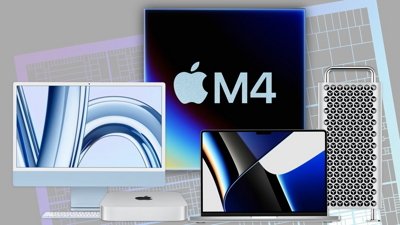
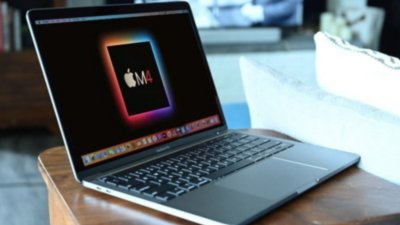

 Malcolm Owen
Malcolm Owen